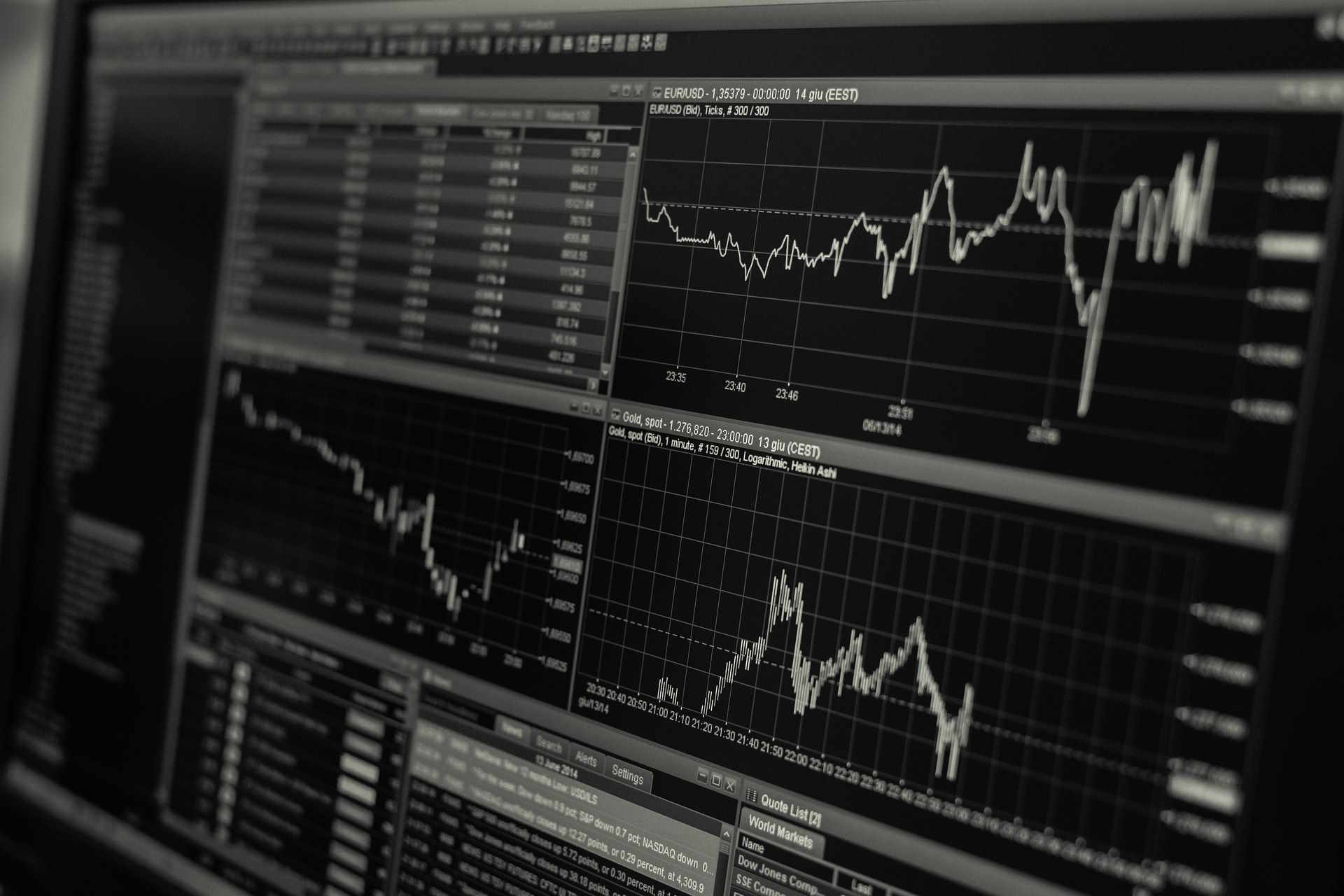Master Forex Trading: Top Tools and Beginner Strategies
Mastering forex trading begins with understanding the powerful tools and strategies that drive success in the world’s largest financial market. For beginners, the key lies in learning how to analyze market trends, manage risks, and use trading platforms effectively. By combining the right tools—such as charting software, economic calendars, and automated trading systems—with proven beginner strategies, new traders can build a strong foundation and confidently navigate the dynamic world of currency trading.

The foreign exchange market, commonly known as forex, represents the largest and most liquid financial market globally, with trillions of dollars exchanged daily. For beginners, entering this market can seem overwhelming due to its complexity and the vast amount of information available. However, with the right foundation, tools, and strategies, newcomers can develop a structured approach to currency trading. Success in forex trading requires patience, continuous learning, and disciplined risk management rather than quick profits.
Essential Tools for Forex Trading
Trading platforms serve as the primary interface between traders and the forex market. MetaTrader 4 and MetaTrader 5 remain among the most widely used platforms, offering charting capabilities, technical indicators, and automated trading options. These platforms provide real-time price feeds, order execution, and historical data analysis. Many brokers also offer proprietary platforms with unique features tailored to different trading styles. Mobile trading applications have become increasingly important, allowing traders to monitor positions and execute trades from anywhere. Additionally, economic calendars track major financial events and announcements that can impact currency prices, making them indispensable for informed decision-making.
Charting software enhances technical analysis capabilities by offering advanced drawing tools, multiple timeframe analysis, and customizable indicators. TradingView has gained popularity for its user-friendly interface and social trading features. Price alert systems notify traders when specific currency pairs reach predetermined levels, helping them capitalize on opportunities without constant monitoring. Risk management calculators help determine appropriate position sizes based on account balance and risk tolerance, which is fundamental to long-term survival in forex markets.
Beginner Forex Strategies to Explore
New traders should start with straightforward strategies that emphasize risk management over complex technical setups. Trend following represents one of the most accessible approaches, where traders identify established market directions and enter positions aligned with those trends. This strategy relies on technical indicators like moving averages and trend lines to confirm directional bias. The principle behind trend following is that prices tend to move in sustained directions rather than random patterns, making it suitable for beginners who can identify clear market momentum.
Range trading involves identifying currency pairs that move within defined support and resistance levels. Traders buy near support and sell near resistance, profiting from predictable price oscillations. This strategy works best in stable market conditions without strong directional trends. Breakout trading focuses on entering positions when prices move beyond established support or resistance levels, anticipating continued momentum in the breakout direction. However, false breakouts are common, requiring confirmation through volume analysis or additional technical signals.
Price action trading emphasizes reading candlestick patterns and chart formations without relying heavily on indicators. This approach helps traders understand market psychology and participant behavior. Beginners should practice these strategies on demo accounts before risking real capital, allowing them to develop confidence and refine their execution without financial consequences.
The Role of Forex Fund Management
Proper fund management distinguishes successful traders from those who deplete their accounts quickly. The fundamental principle involves never risking more than a small percentage of total account capital on any single trade, typically between one and two percent. This conservative approach ensures that a series of losing trades does not catastrophically damage the trading account. Position sizing calculations determine how many units or lots to trade based on the distance between entry and stop-loss levels.
Risk-reward ratios guide traders in selecting trades where potential profits justify the risk taken. A common guideline suggests targeting trades with at least a 1:2 risk-reward ratio, meaning potential profit should be at least twice the potential loss. Diversification across different currency pairs can reduce exposure to specific currency risks, though correlation between pairs must be considered to avoid inadvertently concentrating risk.
Emotional discipline forms another critical component of fund management. Traders must adhere to predetermined rules regarding entry, exit, and position sizing regardless of recent wins or losses. Overtrading after losses or increasing position sizes after wins often leads to account depletion. Maintaining detailed trading journals helps identify patterns in decision-making and performance, enabling continuous improvement.
Understanding Market Analysis Approaches
Forex traders typically employ two primary analysis methods: technical and fundamental. Technical analysis examines price charts, patterns, and indicators to forecast future movements based on historical behavior. This approach assumes that all relevant information is reflected in price action. Common technical tools include support and resistance levels, moving averages, relative strength index, and Fibonacci retracements.
Fundamental analysis evaluates economic indicators, central bank policies, geopolitical events, and macroeconomic trends that influence currency values. Interest rate decisions, employment reports, inflation data, and GDP growth figures significantly impact currency strength. Traders who understand how these factors affect supply and demand for currencies can make more informed trading decisions. Many successful traders combine both approaches, using fundamental analysis to identify trading opportunities and technical analysis to time entries and exits.
Building a Sustainable Trading Routine
Consistency and routine are essential for developing trading skills. Beginners should establish specific times for market analysis, trade execution, and performance review. Starting with major currency pairs like EUR/USD, GBP/USD, or USD/JPY provides adequate liquidity and tighter spreads compared to exotic pairs. These pairs also have more readily available information and analysis.
Continuous education through books, courses, webinars, and market commentary helps traders stay informed about evolving market conditions and strategies. Joining trading communities provides opportunities to learn from experienced traders and share insights, though beginners should critically evaluate advice rather than blindly following recommendations. Backtesting strategies on historical data helps assess their viability before live implementation.
Setting realistic expectations is crucial for long-term success. Forex trading is not a path to instant wealth but rather a skill that develops over time through practice, discipline, and learning from both successes and failures. Beginners should focus on consistent execution of their trading plan rather than short-term profit targets.
Conclusion
Mastering forex trading requires dedication to learning essential tools, implementing sound beginner strategies, and maintaining disciplined fund management. The journey involves continuous education, practical experience through demo and live accounts, and emotional control during both winning and losing periods. By focusing on risk management, developing a structured approach, and maintaining realistic expectations, beginners can build a foundation for potentially successful currency trading. The forex market offers opportunities for those willing to invest time in understanding its mechanics and developing their skills through patient, methodical practice.




